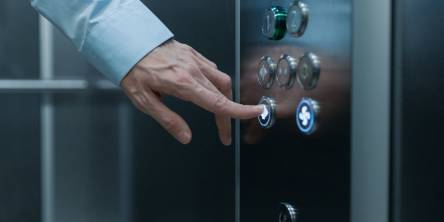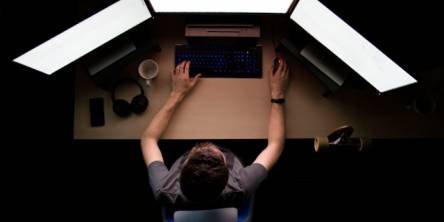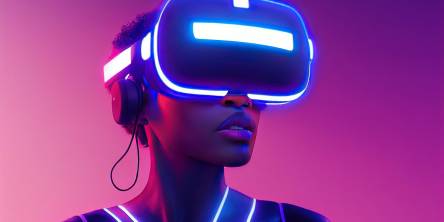3D Printed Casts Make Faster Healing Possible
Getting a cracked bone is agonizing enough. You know exactly how much of a headache the rehabilitation time period can be if it has ever happened to you. The bulky, heavy and not to mention cumbersome cast just weighs you right down. You can hardly do anything. You still use the cast anyway simply because you want your bones to mend. And that is exactly where 3D printing does not agree: Casts need not be a burden for your lifestyle and mobility.
Three-dimensional image printing really helps to have the situation of shattered bone pieces a lesser aggravation. The cast measurements could very well be modified so that the printed cast suits the patient similar to their very own skin. The cast on its own doesn't have to remain engineered like the conventional cast, which layers over your full arm or leg. It provides you with reinforcement just for the spots essential and for that reason it automatically becomes a lot more comfortable. Plus the visual appeal department, you can at least say it's more attractive to wear compared to a plaster cast.
An individual by the name of Mike North designed his 3D printed cast when he broke his own leg. North had an active lifestyle and did not really want the traditional cast to limit his movement. He made a decision to collaborate with Fathom Studio, a 3D printing company. Collectively, they designed a cast that addressed his issues. The cast design was adequately solid enough to support recuperation needed but was not too cumbersome to reduce flexibility. At the same time to stimulate recovery, sensors were also included in the cast. Leg swelling and leg movement were monitored by these receptors. Any information gathered was sent to North's physician.
You also have a prosthetics business and a 3D printing company who have teamed together to test this out. Bespoke and 3D Systems made a decision to work together when one of their very own company directors ripped an arm tendon and preferred a better way to heal. Along with an orthopedic medical specialist, the team developed a cast which could provide you with the appropriate support required for healing and also be much more comfortable as well. The cast they created did not need to use as much raw material to make so it became more comfortable for long-term use. It could even get wet or damp, unlike plaster casts, because it was plastic. And because the cast didn't cover up the whole entire arm, the affected person was able to apply hot or cold compresses or scar reduction ointments directly onto the skin.
While examples do exist, 3D printed casts are currently still within the early stages of research though, so don't expect to get one in the near future. The cost to manufacture one using the different types of 3D printing would currently be far more than producing a conventional plaster cast. Despite that fact though, the 3D printed cast normally needs much less time to fit onto the patient and also remove when finished. Because of that, it at least requires less time for both the patient as well as the physician. You'll find that you also utilize significantly less raw material to create the cast. The specific compound used for the printing is a lot like the printer filament found in most 3D printers.
Now, here's to hoping you don't ever break your arm or leg. In case you do though, at least you know you will eventually have options. 3D printers won't be able to take the pain away, but they can at least help ease your recovery process.
Similar Articles
Compare hydraulic and traction residential elevators to find the best fit for your home. Learn how each system works, their pros and cons, space needs, energy use, and maintenance requirements.
Extend the lifespan of your commercial marina docks with proactive maintenance. Learn essential inspection routines, material-specific care, and safety tips to protect your investment and ensure long-term dock performance.
Learn the key factors in designing an engineered fall protection system. Discover how hierarchy of controls, task analysis, structural integrity, and fall clearance ensure safety and compliance.
Today, modern businesses face constant pressure to operate with maximum efficiency. This requires a technology infrastructure that is both agile and robust. However, the traditional model of on-premises data centers often has significant limitations. These legacy systems can drain valuable resources from teams.
When people are hungry, standing in line for a table feels tiring and unpleasant. In fact, research shows that most individuals will just walk away if they have to wait longer. They will go and find another place to eat.
In the early stages of designing new community centers, fire stations and administration buildings, city planners and architects are forced to make a crucial decision: What building material is best suited for providing the most value, safety and longevity to the public?
Amazon Simple Queue Service (SQS), Simple Notification Service (SNS), and EventBridge are just a few of the messaging services that AWS provides to meet various demands when it comes to creating scalable and effective cloud systems.
Wearable technology, embracing devices small enough to be worn unobtrusively, constitutes a market that keeps expanding, and the momentum shows little sign of slowing
For job seekers, grasping the basic functions of Applicant Tracking Systems (ATS) is the first step in overcoming common job search barriers.









